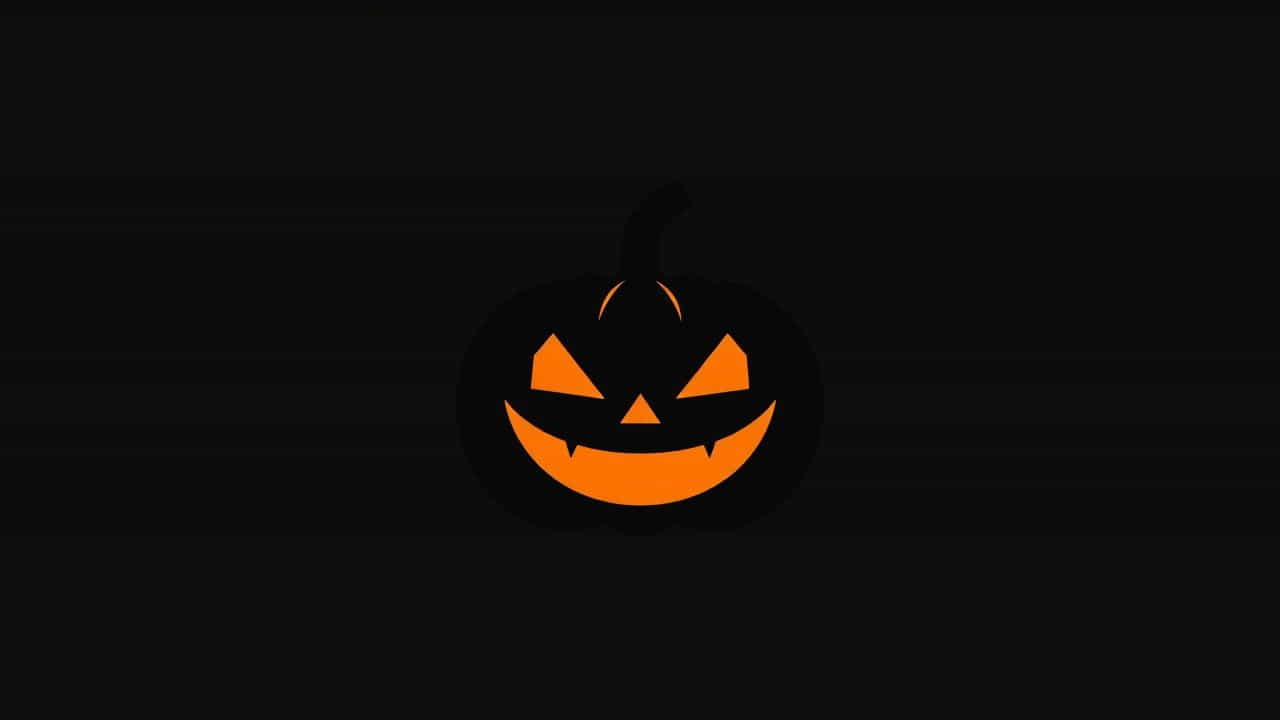What Is All Hallows’ Eve: The History and Traditions of HalloweenAll Hallows’ Eve, commonly known as Halloween, is a beloved holiday celebrated every year on October 31st. This festive occasion is known for costumes, candy, and spooky decorations, but its roots date back thousands of years. In this topic, we’ll explore the meaning of All Hallows’ Eve, its historical origins, and the traditions that make it a unique and exciting holiday.
The Meaning of All Hallows’ Eve
All Hallows’ Eve, as the name suggests, is the evening before All Saints’ Day, also known as All Hallows’ Day, which is celebrated on November 1st. The term "hallow" means "holy," and the day is meant to honor saints, martyrs, and the faithful departed. Over time, All Hallows’ Eve evolved into what we now recognize as Halloween, a celebration blending Christian and pagan traditions.
The Origins of All Hallows’ Eve
1. The Celtic Festival of Samhain
The roots of All Hallows’ Eve can be traced to the ancient Celtic festival of Samhain, pronounced sow-in.â Celebrated in Ireland, Scotland, and other parts of Europe over 2,000 years ago, Samhain marked the end of the harvest season and the beginning of winter, a time associated with death.
On the night of October 31st, the Celts believed that the boundary between the living and the dead became blurred, allowing spirits to roam the earth. To ward off harmful spirits, people lit bonfires, wore costumes, and performed rituals to protect their communities.
2. The Christian Influence
When Christianity spread across Europe, the church sought to replace pagan festivals with Christian observances. In the 8th century, Pope Gregory III designated November 1st as All Saints’ Day, and October 31st became All Hallows’ Eve. Over time, the customs of Samhain merged with Christian traditions, creating a hybrid celebration.
Halloween Traditions: Then and Now
All Hallows’ Eve has undergone significant transformations over the centuries. Let’s explore some of the key traditions and how they have evolved.
1. Costumes and Masks
-
Historical Roots: During Samhain, people wore animal skins and masks to disguise themselves from wandering spirits.
-
Modern Tradition: Today, dressing up in costumes is one of the most popular aspects of Halloween, with themes ranging from spooky characters to superheroes.
2. Trick-or-Treating
-
Historical Roots: In the Middle Ages, the poor would go door-to-door offering prayers for the dead in exchange for food, a practice called souling.â
-
Modern Tradition: This evolved into trick-or-treating, where children dress in costumes and collect candy from neighbors.
3. Jack-O’-Lanterns
-
Historical Roots: The tradition of carving vegetables, such as turnips, into lanterns originated in Ireland. These lanterns were used to scare away evil spirits.
-
Modern Tradition: Pumpkins became the preferred choice in America due to their abundance, and they are now a hallmark of Halloween decorations.
4. Bonfires
-
Historical Roots: Bonfires were central to Samhain rituals, symbolizing protection and purification.
-
Modern Tradition: While bonfires are less common, the spirit of gathering around fire persists through candles, lanterns, and glowing decorations.
The Supernatural Connection
All Hallows’ Eve has long been associated with the supernatural, including ghosts, witches, and other mythical creatures. This connection stems from the Celtic belief that spirits roamed the earth on this night. Over time, stories and folklore about haunted houses, black cats, and other spooky symbols became integral to Halloween celebrations.
The Spread of Halloween to America
Halloween was brought to America in the 19th century by Irish and Scottish immigrants. They introduced their customs, including carving jack-o’-lanterns and dressing in costumes. Over time, Halloween grew in popularity and became a nationwide celebration in the United States.
By the 20th century, Halloween had become a secular holiday focused on community events, parties, and family-friendly activities. Today, it is celebrated in many countries worldwide, often with unique regional variations.
Halloween Symbols and Their Meanings
The symbols of Halloween are deeply rooted in its history and folklore. Here are a few of the most iconic symbols:
1. Ghosts
Ghosts represent the spirits of the dead believed to visit the living on All Hallows’ Eve.
2. Witches
Witches are linked to Halloween through tales of magic and the supernatural, often portrayed as figures of mystery and fear.
3. Black Cats
Black cats were historically associated with witches and were thought to bring bad luck.
4. Spiders and Webs
These symbols evoke a sense of mystery and darkness, fitting the eerie atmosphere of Halloween.
How Halloween Is Celebrated Today
In modern times, Halloween is a mix of old traditions and new customs. Here’s how people celebrate around the world:
1. Parties and Decorations
Many families host Halloween parties, complete with spooky decorations, themed games, and festive food.
2. Haunted Attractions
Haunted houses, hayrides, and corn mazes are popular activities designed to thrill and scare participants.
3. Community Events
Some neighborhoods organize pumpkin carving contests, costume parades, and other family-friendly events.
The Cultural Significance of All Hallows’ Eve
Beyond the costumes and candy, All Hallows’ Eve has a deeper cultural and spiritual significance. It reminds us of the cycles of life and death, the changing seasons, and the importance of community and tradition. For some, it remains a time to honor loved ones who have passed away, while for others, it is a chance to embrace creativity and fun.
All Hallows’ Eve, or Halloween, is a celebration steeped in history, culture, and tradition. From its origins in the Celtic festival of Samhain to its transformation into a modern holiday, Halloween has captured the imagination of people across generations. Whether you’re carving pumpkins, dressing up, or enjoying the spooky atmosphere, Halloween is a time to celebrate both the mysterious and the festive.
